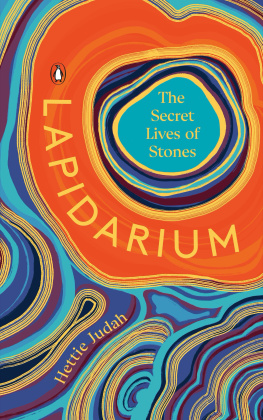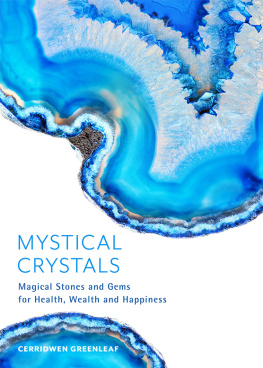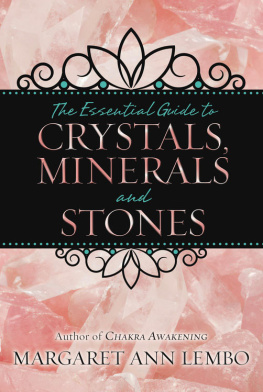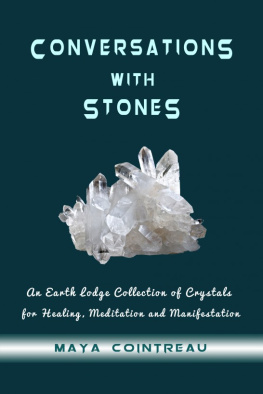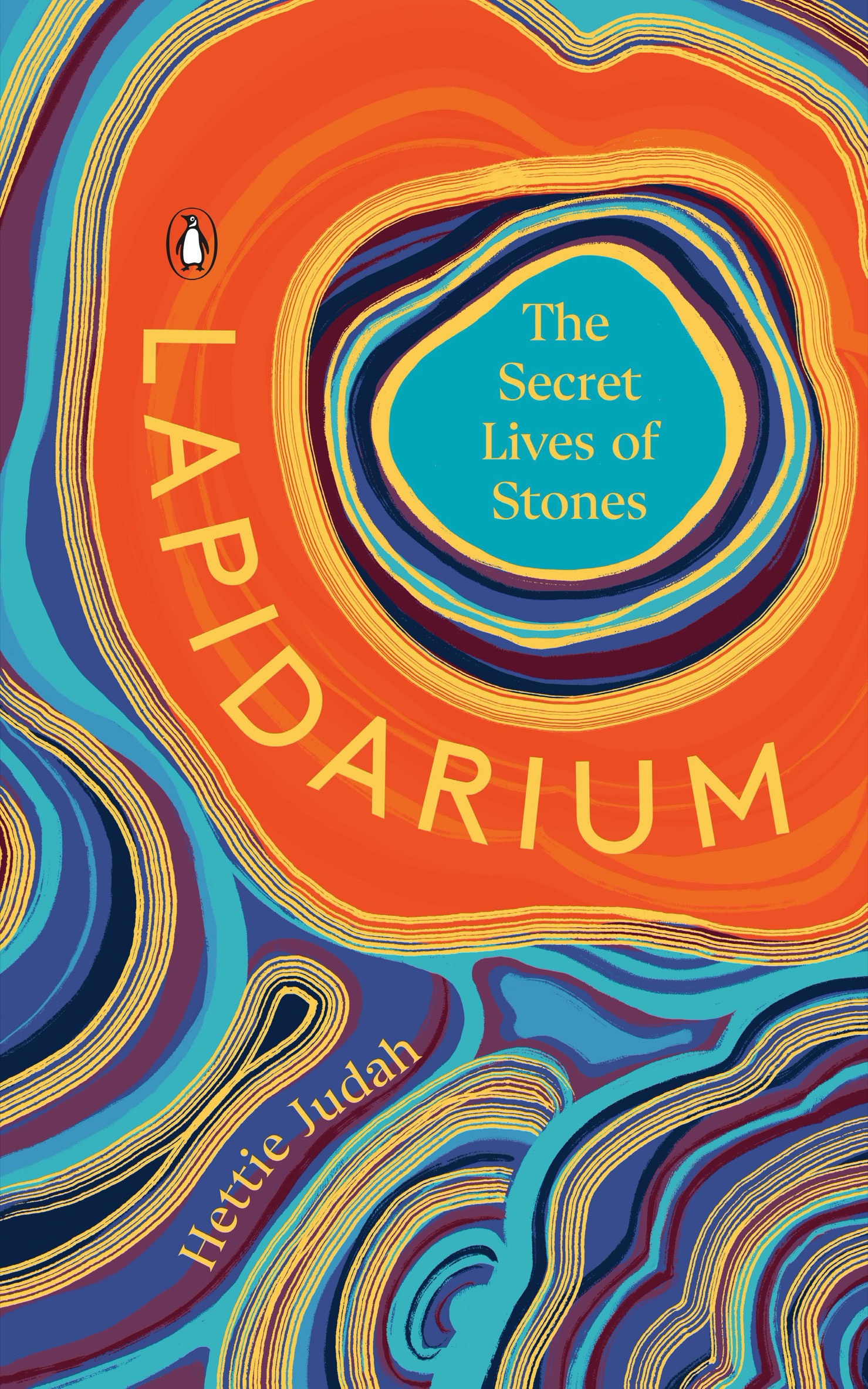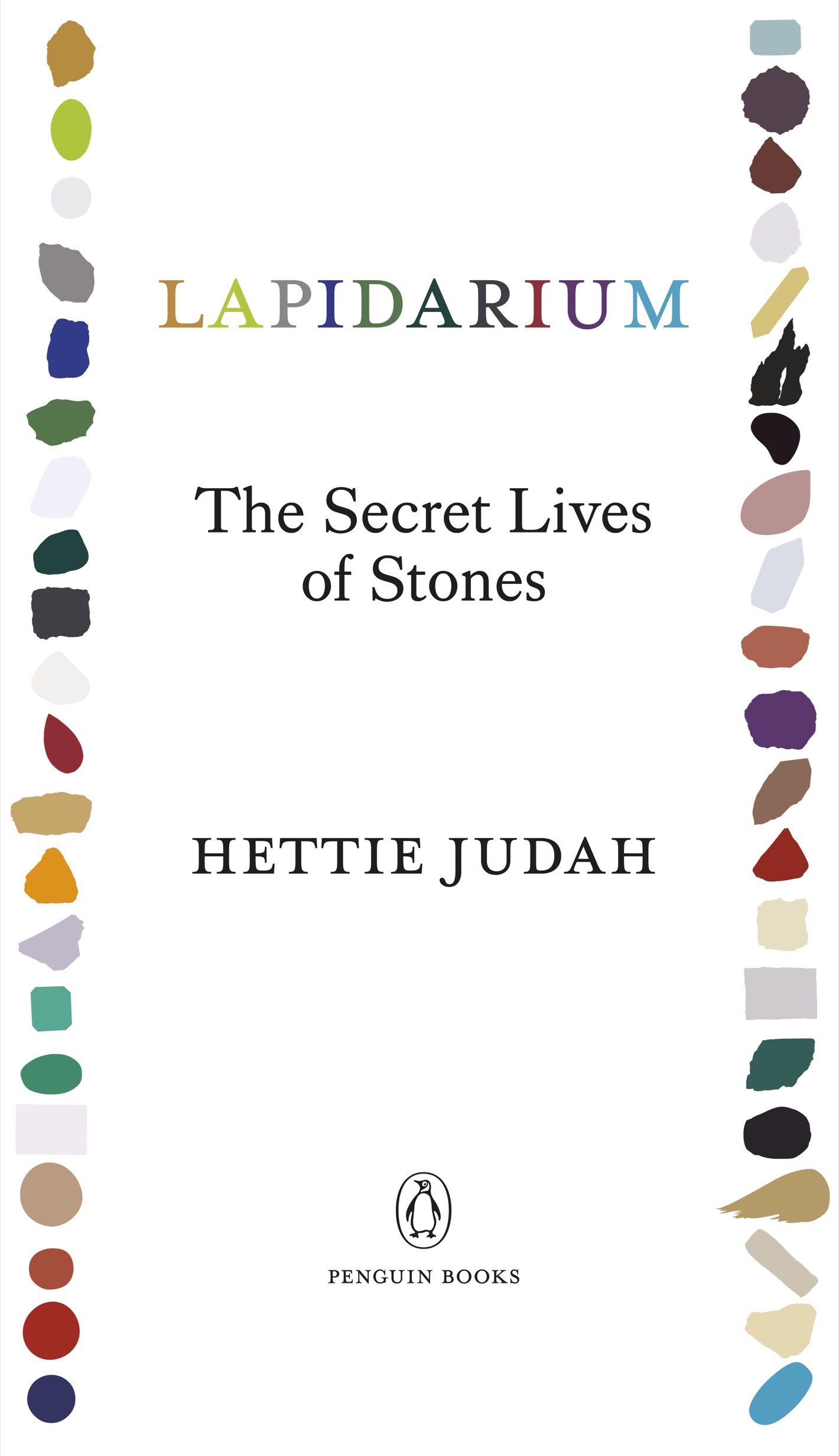PENGUIN BOOKS
Hettie Judah is one of Britains leading writers on art and a sought-after public speaker. She writes regularly for The Guardian, Vogue, Frieze, The i, Apollo, and The New York Times, and is the author of several art books that include Art London, Frida Kahlo, and How Not to Exclude Artist Mothers (and Other Parents). She lives in London.
PENGUIN BOOKS
An imprint of Penguin Random House LLC
penguinrandomhouse.com
First published in Great Britain by John Murray (Publishers), a Hachette UK company, 2022
Published in Penguin Books 2023
Copyright 2022 by Hettie Judah
Penguin Random House supports copyright. Copyright fuels creativity, encourages diverse voices, promotes free speech, and creates a vibrant culture. Thank you for buying an authorized edition of this book and for complying with copyright laws by not reproducing, scanning, or distributing any part of it in any form without permission. You are supporting writers and allowing Penguin Random House to continue to publish books for every reader.
Published by arrangement with John Murray Press.
Ursula K. Le Guin, excerpt from Being Taken for Granite from The Wave in the Mind: Talks and Essays on the Writer, the Reader, and the Imagination by Ursula K. Le Guin. Copyright 2004 by Ursula K. Le Guin. Reprinted by arrangement with The Permissions Company, LLC, on behalf of Shambhala Publications, Inc., www.shambhala.com.
library of congress cataloging-in-publication data
Names: Judah, Hettie, author.
Title: Lapidarium : the secret lives of stones / Hettie Judah.
Description: [New York] : Penguin Books, 2023. | Includes bibliographical references and index.
Identifiers: LCCN 2022027524 (print) | LCCN 2022027525 (ebook) | ISBN 9780143137412 (hardcover) | ISBN 9780593511435 (ebook)
Subjects: LCSH: Precious stonesHistory. | StoneHistory. | Precious stonesSocial aspects. | StoneSocial aspects.
Classification: LCC QE399.2 .J83 2022 (print) | LCC QE399.2 (ebook) | DDC 553.8dc23/eng20221007
LC record available at https://lccn.loc.gov/2022027524
LC ebook record available at https://lccn.loc.gov/2022027525
Cover design and illustration: Holly Ovenden
Designed by James Edgar Studio, adapted for ebook by Estelle Malmed
Illustrations by Nicky Pasterfield
pid_prh_6.0_142813756_c0_r0
FOR PHOEBE JUDAH
A DAUGHTER OF Y LLETHR
WHO TREASURES STONES AS SHE TREASURES STORIES

I am not granite and should not be taken for it. I am not flint or diamond or any of that great hard stuff. If I am stone, I am some kind of shoddy crumbly stuff like sandstone or serpentine, or maybe schist. Or not even stone but clay, or not even clay but mud. And I wish that those who take me for granite would once in a while treat me like mud.
Ursula K. Le Guin
Being Taken for Granite
_142813756_
INTRODUCTION
The heads of two vast, unblinking Gorgons stare out between the stone columns of Istanbuls palatial underground cistern. Built in the sixth century, during the reign of Justinian I, the cistern was part of the great Byzantine emperors transformation of the city. Fifteen centuries of drip and submersion have bathed these severed heads an otherworldly algal green. They werent designed to be here, positioned the wrong way up, supporting columns in the damp darkness. Medusas petrifying stare once held a protective position overlooking a far earlier structure. Lifted from a despoiled pagan site they were repositionedand robbed of their talismanic powerby the Christian emperors stonemasons.
Medusas myth is a story of stone: the only mortal among the three Gorgon sisters, Perseus beheaded her with the adamantine sword Harpe. Her posthumous gaze could petrify all manner of things: Ovid described Perseus gently placing Medusas head in a soft bed of shoreline leaves while he stooped to wash his hands, and the plants transforming into the first corals.
A snake-haired woman whose gaze could turn living matter to stone seems an apt response to a world punctuated by monoliths, needles, fairy chimneys, stalagmites, and boulders all of which look worryingly poised to spring to life. A petrifying gaze is no more implausible than the belief that a solitary diamond might bind two people in eternal love. Or that mountains grow, continents move, and treasures push up from the bowels of the Earth. We humans find it easier to think of abstract notions such as eternity than to enter the geological imagination and follow clues in stone that lead back over four and a half billion years to the fiery origins of our planet.
Historically, stories have helped us make sense of the incomprehensible duration of the world. Tales of an ancient flood helped explain why the shells of sea creatures can be seen in rocks on a mountaintop. Vast fossilized bones and teeth exposed in crumbling cliff faces or washed up on the shore offered evidence of giants that once ruled the earth. Sometimes a rock split to expose the body of an ancient monster. The spectacle of stalactites and stalagmites growing in limestone caves revealed the miracle of stony birth: lithic matter forming in the womb of Mother Earth.
As well as evidence of a long and mysterious past, stone has provided the tools of human progress, from the earliest rough projectiles, through cutting and grinding implements, to the rare minerals that power the present-day information age. As human adornment, stones are associated with wealth, and often, by extension, corruption. Invading armies covered themselves with finery in a show of power and plundered the mineral treasures of a conquered territory: jewels were ransacked from treasuries; gems, jades, and marbles extracted from the Earth; and the carved stones of temples and palaces plundered, to take up new positions in structures like Justinians cistern.
As humans told stories, and conceived ever more elaborate relationships with their environments, bright pebbles and other lithic treasures were selected to accompany bodies into the afterlife. Markers within the landscape furnished details of creation stories: twinned hollows high in the rock were the eyes of a trickster spirit pursuing sisters across hundreds of miles of dusty territory; pinnacles and slits in the living rock were the dormant reproductive organs of titanic mountain deities. As pigment paint, or handheld totems, stone was used to express veneration for the spirits that animated mysterious, mutable phenomena: the moon and the tides, winds and weather, abundance and fertility. Monoliths marked out sacred sites and provided a framework for rituals.

